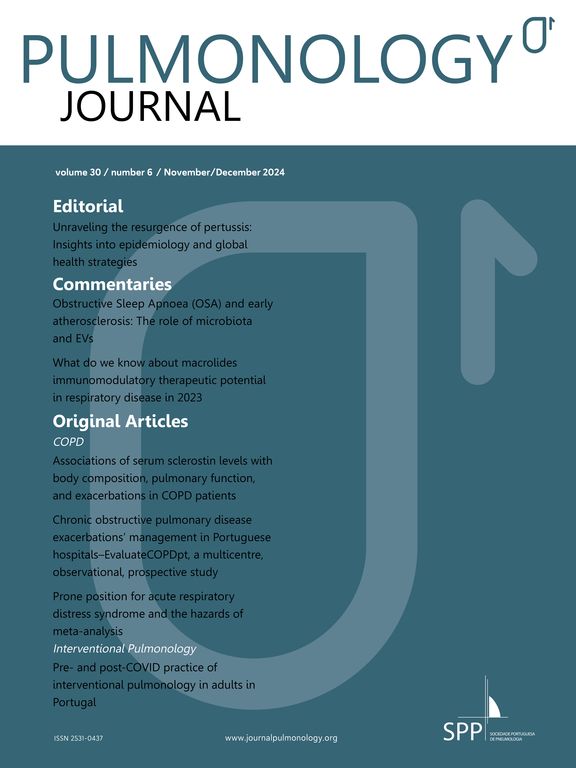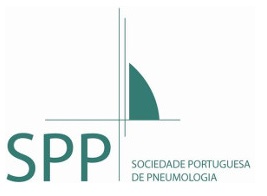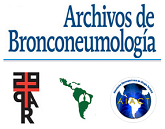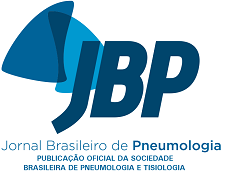The second edition of Pulmonary Rehabilitation edited by Donner, Ambrosino, and Goldstein is a welcome, timely, and comprehensive reference that draws upon an international roster of experts and rising stars in pulmonary rehabilitation. The book will prove to be an excellence source of information for both practitioners and investigators with extensive documentation and timely references focused on new reports since publication of the first edition in 2005. Topics span the past, present, and future horizons of this rapidly emerging field, and are particularly relevant to the transformational changes in the world and in healthcare resulting from the COVID-19 pandemic. Chapters document not only the practice and benefits of well-established programs for patients with chronic obstructive pulmonary disease (COPD) but also cover the growing usefulness of pulmonary rehabilitation principles in conditions and diseases beyond COPD and to settings beyond traditional hospital and center-based programs. These include: 1) conditions such as neuromuscular disorders, interstitial lung diseases, cystic fibrosis, and bronchiectasis; 2) the usefulness of pulmonary rehabilitation as adjunctive therapy to surgical procedures such as lung transplantation and lung volume reduction surgery; and 3) the use of pulmonary rehabilitation in the intensive care unit and inpatients hospitalized with exacerbations of underlying chronic lung diseases. Of particular interest in the COVID-19 era that seriously compromised traditional outpatient programs is the discussion of new approaches to expand the reach of pulmonary rehabilitation to the home and via the potential use of telerehabilitation, and even a timely chapter on pulmonary rehabilitation in patients recovering from COVID-19. Finally, there are chapters reviewing several new and innovative rehabilitation tools such as noninvasive ventilation, whole-body vibration training, and neuromuscular electrical stimulation. Overall, this book is well worthwhile as a reference for current pulmonary rehabilitation practices as well as for new ideas and horizons in this rapidly emerging field.
The Impact Factor measures the average number of citations received in a particular year by papers published in the journal during the two preceding years.
© Clarivate Analytics, Journal Citation Reports 2025
SRJ is a prestige metric based on the idea that not all citations are the same. SJR uses a similar algorithm as the Google page rank; it provides a quantitative and qualitative measure of the journal's impact.
See moreSNIP measures contextual citation impact by wighting citations based on the total number of citations in a subject field.
See more






